Every few decades, a city emerges on the global scene that embodies rapid change and aspiration, fueling growth and progress at home while lifting its region and catalyzing growth among its partners. In the 16th century, that city was Venice, while Amsterdam could lay claim to that status in the 17th century, while London mostly dominated the 18th and 19th centuries, with New York rising in the early 20th century.
Over the past few decades, more cities from the emerging world can be classed in the same category: Tokyo, Hong Kong, Singapore, Seoul, Shanghai, Beijing, and more recently, Dubai and Abu Dhabi, to name just a few examples.
Today, Riyadh is rising into that category of a major global city that drives change and attracts and fuels trade, innovation, talent, capital flows, and more, and Saudi Arabia is emerging as the transformational country of our era. From its ambitious mega-projects to the more mundane business of policy reforms that have untangled the weeds hampering growth, Saudi Arabia’s Vision 2030 represents one of the most dramatic and far-reaching efforts at positive change in modern history.
While many analysts dive deep into the particulars of Vision 2030, it is also important to put Saudi Arabia’s march forward in the context of other country transformations. The most dramatic recent transformation we have witnessed this past generation has been China. Other transformations have included South Korea, Singapore and the United Arab Emirates.
All of this should be understood as Riyadh makes a bid to host the World Expo in 2030. World Expos were launched at the dawn of the Industrial Revolution. In the early days of Expos in the 19th century, most of the hosts represented the rising cities of Europe and North America. The first four expos in the mid 19th century were hosted by two cities: London and Paris alternated hosting duties. Later, Chicago, New York, Brussels, Montreal and Seattle entered the mix. The first Asian city to host an Expo was Osaka in 1970.
By the early 2000s, China’s bid to host the Expo seemed inevitable, and Shanghai’s 2010 Expo was seen as the first in the so-called emerging world. In 2020, Dubai hosted the Expo in extraordinary fashion. In choosing Shanghai and Dubai, the Bureau International des Expositions - the committee of diplomats and government officials worldwide that choose among competing cities – made the right choice. Both Shanghai and Dubai represented their eras as rising cities in rising countries.
Today, the choice is between Riyadh, Busan in South Korea and Rome, Italy. When it comes to rising cities in a rising country, Riyadh is the clear leader. Officially, World Expos are designed to be “a global gathering of nations dedicated to finding solutions to pressing challenges of our time.” Unofficially, World Expos are also seen as a way to drive change in the host country, to build a legacy of progress that will accelerate in the period leading up to the Expo and become institutionalized thereafter.
Riyadh and Saudi Arabia are already engaged in a dramatic transformation. Hosting an Expo could act as a force multiplier to that transformation. Young Saudi professionals would provide much of the energy and dynamism and services leading up to the Expo. In much the same way that preparations for the G20 in Riyadh boosted a new generation of young Saudis by giving them experience working on a global event (even though it was virtual), a new cadre of young Saudis will be literally exposed to the entire world as they work with countries and companies that set up their pavilions on the Expo site.
Thus, by selecting Riyadh and Saudi Arabia, the World Expo organizers would be contributing to Vision 2030, particularly by developing young Saudi talent. They would also be accelerating a process that is already transforming a vital country in the Middle East and the broader world, a process that can have positive multiplier effects across the region.




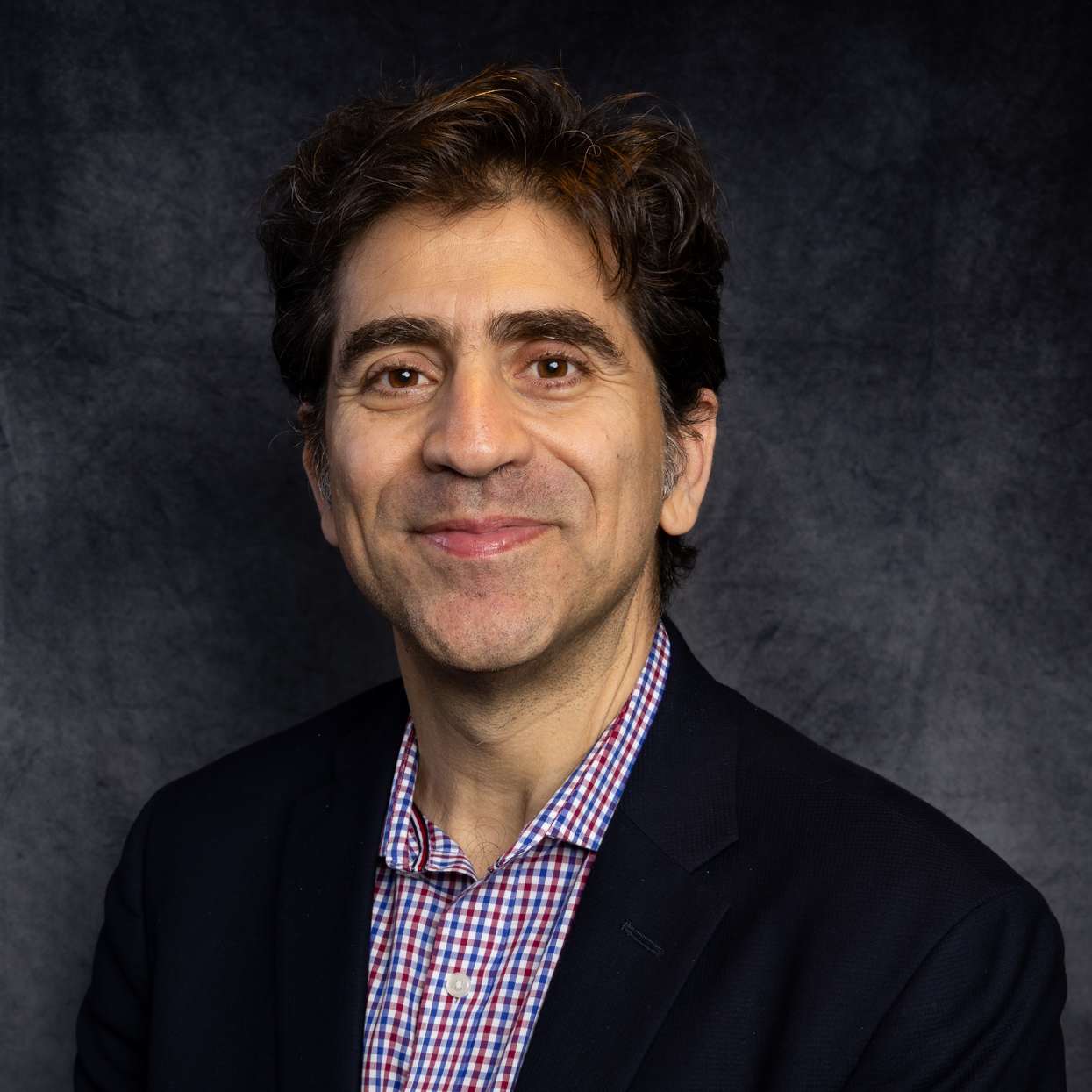


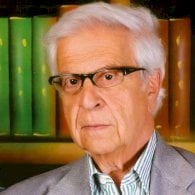

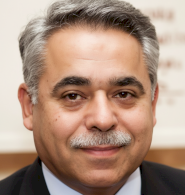




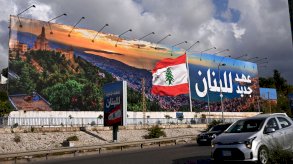
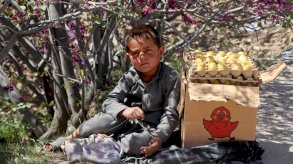

التعليقات